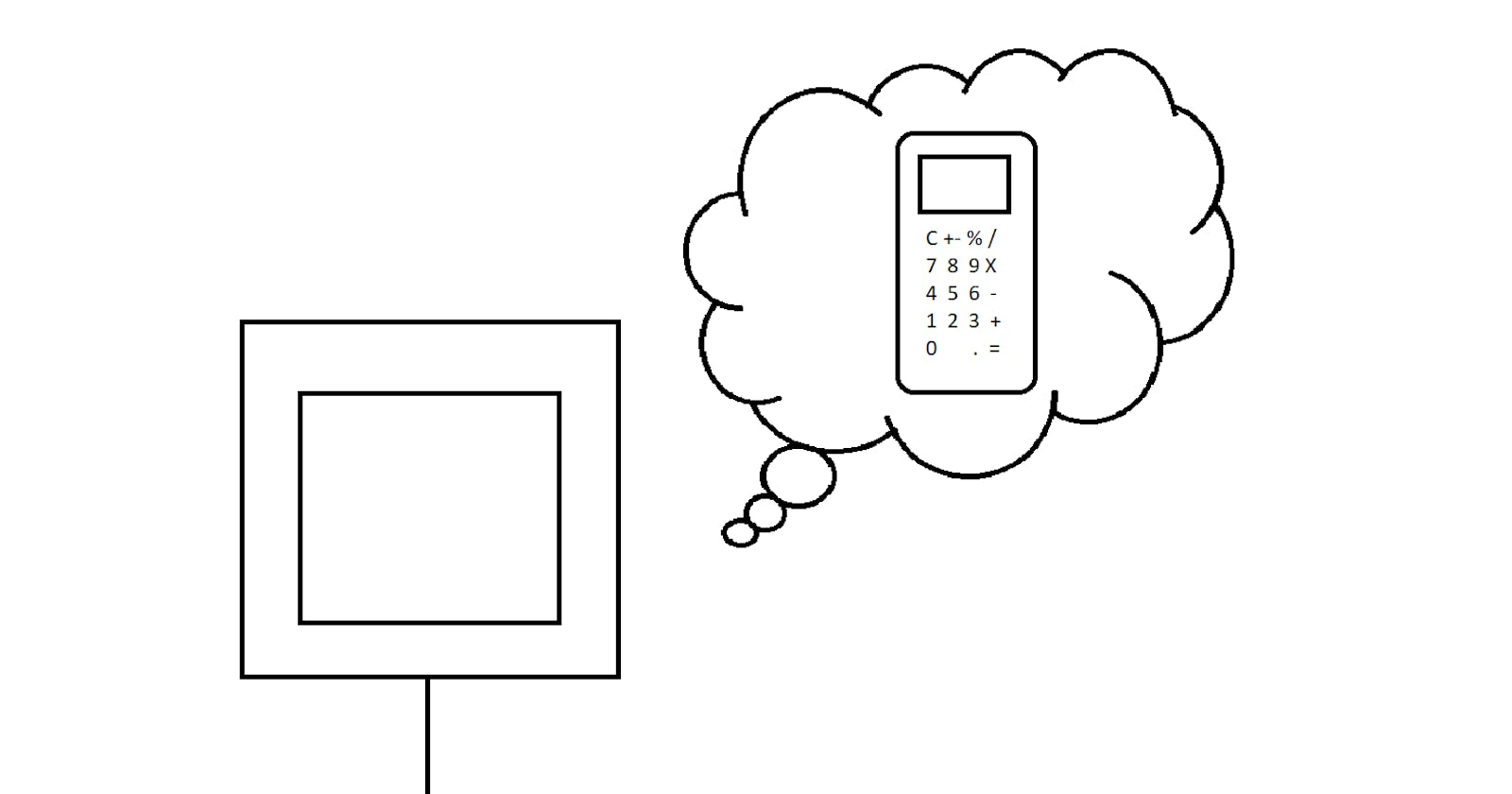Table of contents
Overview
This article explains every computer contains both physical and virtual memory, how they work and also why these memories are different from one another.
In a computer, there are different characterizations of memory. A computer contains both physical and virtual memory.
What is Physical Memory
Physical memory is short-term memory where a computer temporarily remembers information when processing tasks.
An example of a computer using physical memory is opening up the Calculator application to perform calculations. Currently, the computer is using its physical memory to perform these calculations but it will not remember these calculations in its long-term memory after the Calculator application is exited. Physical memory is managed by the RAM.
What is Virtual Memory
Virtual memory is long-term memory where a computer's operating system must save and remember to access and process information.
An example of when a computer uses virtual memory is accessing a saved file. A computer uses RAM and also its hard disk drive to save the file to access the file in the future.
Sources
“Difference between Physical and Virtual Memory.” Compare the Difference between Similar Terms, www.differencebetween.com/difference-between-physical-and-vs-virtual-memory/.

